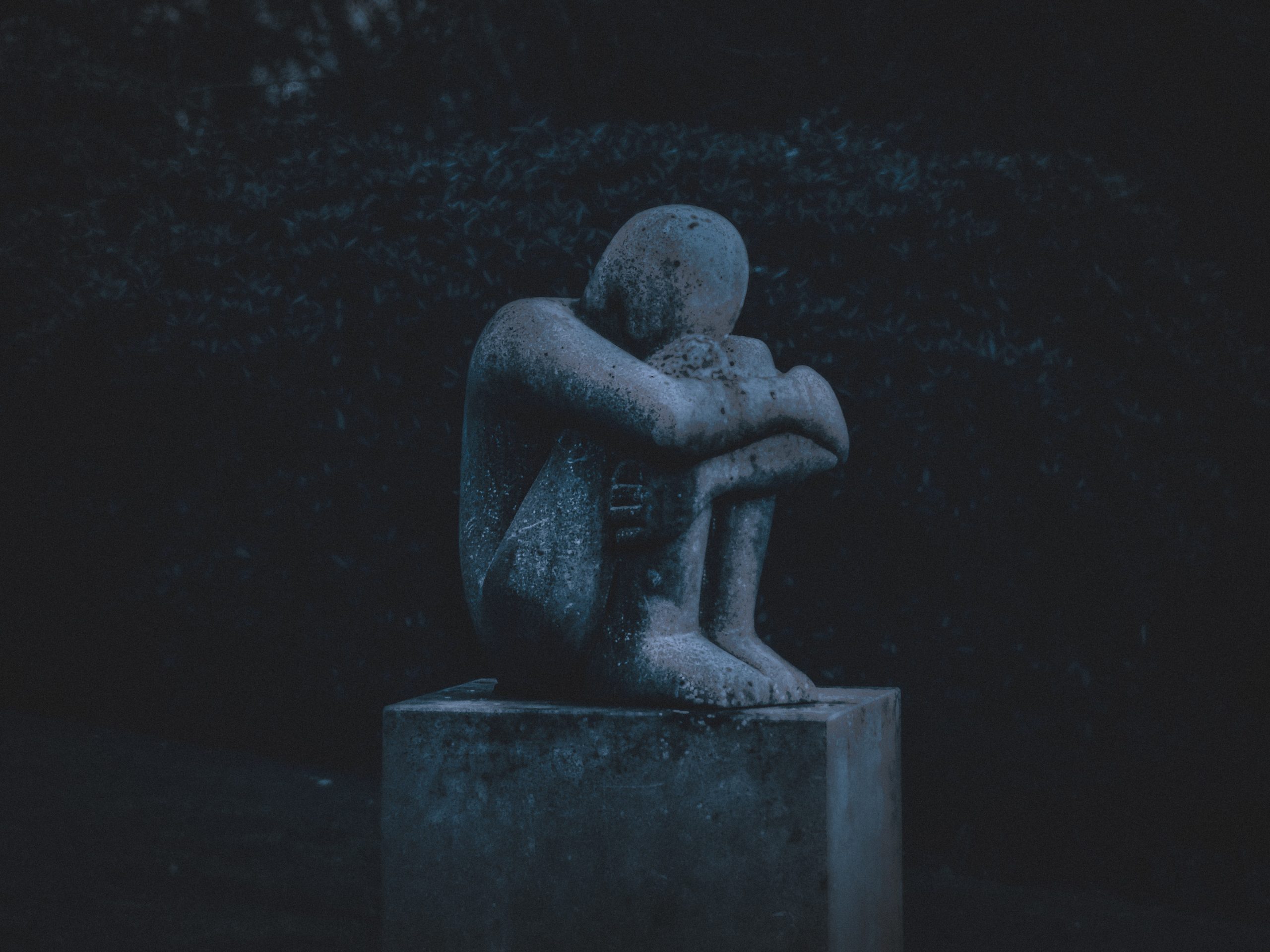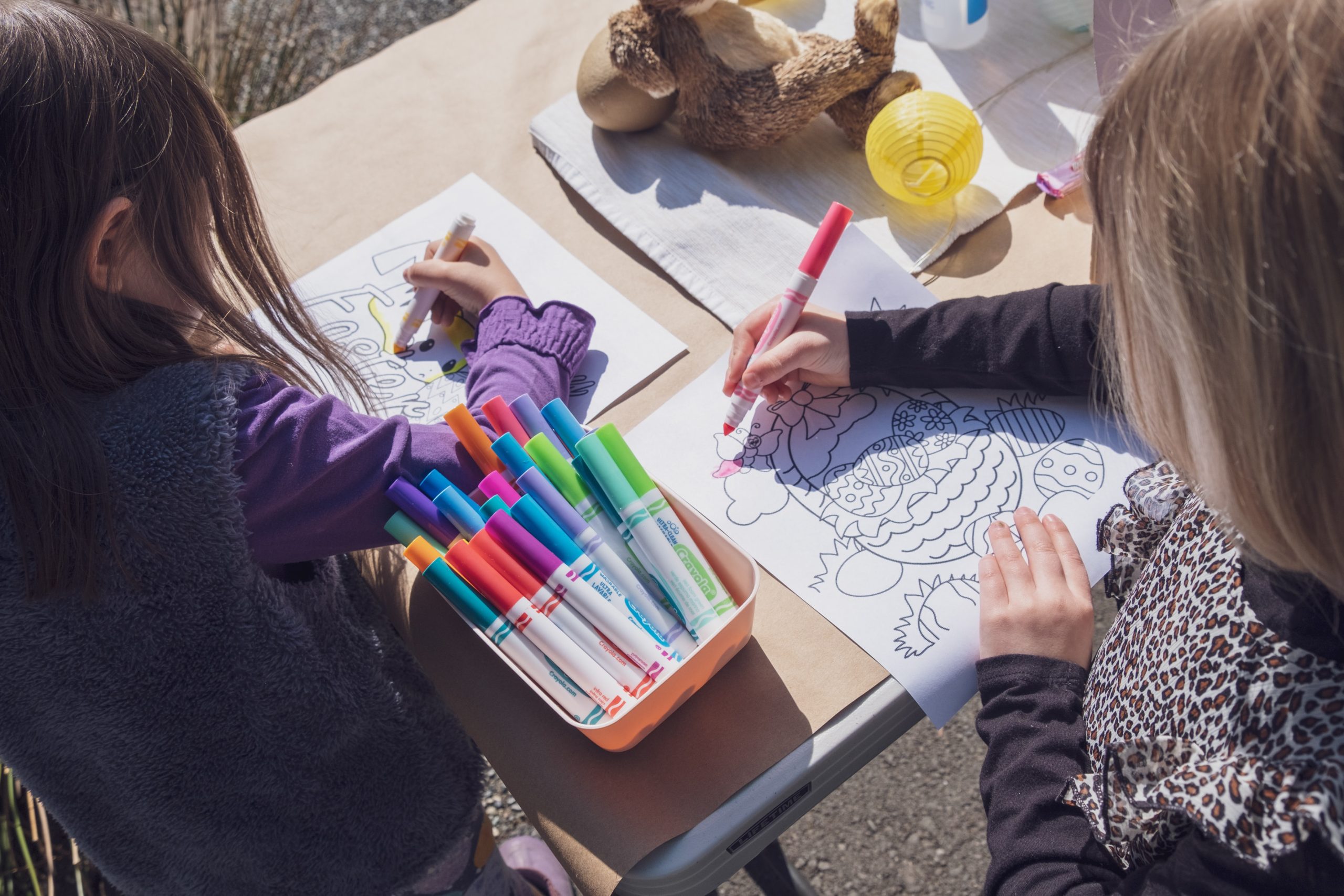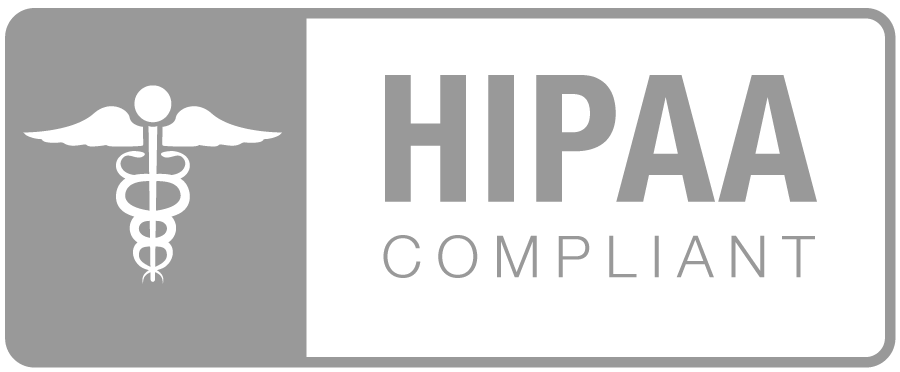The views expressed in this article are of the individual writer and not necessarily representative of each counselor who works at ChristianWorks for Children.
The first time I watched the movie Moana, a scene toward the end of the movie absolutely entranced me. The underlying themes of identity, shame, and healing are blatant. If I didn’t know any better I would think it was a gospel allegory, too. But more on that later.
For some quick back story, our heroine Moana has just discovered that the supposed fire-monster villain is not who she seems. The monster is actually a lush, green island-creature whose source of strength and light had been stolen from her. Without her “heart,” this island creature became unrecognizable, dangerous, and terrifying. Moana reminds the monster who she truly is, and the transformation that follows is quite emotional if you are someone who has ever dealt with feelings of shame.
Watch the first two minutes of this clip for full effect. I cry just about every time.
I have crossed the horizon to find you
I know your name
They have stolen the heart from inside you
But this does not define you
This is not who you are
You know who you are
Guilt and Shame: What is the difference?
I am reminded of a video that a former ChristianWorks employee once created to describe the difference between guilt and shame for parents; her definitions have stuck with me ever since.
In this video, Madelyn quotes Kurt Thompson, author of The Soul of Shame:
“Guilt says I did something bad, and shame says I AM bad.”
Guilt and shame may have similar roots related to feelings of regret, but at the core, shame speaks straight to our sense of identity.
Brene Brown, a wildly popular clinical social worker and researcher, shares a similar idea in her Listening to Shame TedTalk :
Shame is a focus on self, guilt is a focus on behavior… Guilt [says] I’m sorry. I made a mistake. Shame [says] I’m sorry. I am a mistake.”
Shame is often accompanied with a feeling of powerlessness. If someone believes that they are failing because of who they are, and not necessarily what they have done, they may feel as if they are unable to change, and out of control. Side-emotions of hopelessness and helplessness may result, as well.
One professional journal on this topic identifies that shame “implies perceived lack of power to meet the standards of one’s ideal self, whereas guilt implies perceived power and willingness to be harmful” [2].
As for what shame feels like,
“People describe this state in terms of losing respect for oneself...feeling degraded, diminished or humiliated. Experiencing shame includes also a need to hide, disappear, or ‘to vanish into thin air’” [1].
Shame is heavy and raw. It tells us we aren’t just flawed, but irredeemably so. You can imagine how the experience of long-term shame can be dangerous.
These distinctions between shame and guilt are vitally important for counselors when helping a client who is struggling one or both of these emotions. When an attack on identity is present, as it is with shame, a person’s negative self-talk and point of view can impact all areas of their lives, and quickly spiral.
Biblical discussions of shame and guilt
Scripture highlights themes of shame and guilt, as well.
Consider 2 Corinthians 7:9-10 for a moment. The apostle Paul, in this letter to the Corinthians, identifies godly grief, or guilt, as an emotion that spurs a person to repentance.
For the Christian this is good news, indeed. It tells us that guilt in and of itself is not inherently bad, but serves to aid a Christian in self-reflection and movement toward sanctification and holiness.
Psalm 51 is an entire psalm of repentance, written by King David in response to his guilt of adultery and murder. Its raw, heartfelt petition to the Lord is a reminder that guilt need not be the end of our story as people of God.
Romans 10:11 tells us that “those who trust in Him [Christ] shall not be put to shame.”
That is it. The answer is Jesus.
For the Christian, a shame-induced attack on identity is a particularly spiritual one, because we operate under the truth that our identity is in Christ.
Colossians 2:6-10, Ephesians 1, Galatians 3:27-28, the whole book of Romans, and dare I say the entire New Testament point to the good news that we are made new creatures through Christ Jesus. We put on his identity when in faith we follow and obey Him and are baptized into His family; we take on His name. Our identity is now His.
Shame has no place because shame says we are helpless and hopeless. Christ says we are His.
This doesn’t mean a Christian will never experience the feeling of shame; it means that our healing, like our hurts, is spiritual in nature.
Kurt Thompson says that,
To this God, whom we meet in Jesus, we must direct our attention if we are to know the healing of our shame. We must literally look to Jesus in embodied ways in order to know how being loved in community brings shame to its knees and lifts us up and into acts of goodness and beauty.
But I am a Christian, and I still feel shame. What now?
From time to time most people feel the experience of shame. My biggest and boldest suggestion is to let the light in, and do it both in your faith community and in counseling, just as the above quote suggests. Do not allow the enemy keep you in the darkness that tells you lies about who you are.
I John 1:7 says that “if we walk in the light, as He is in the light, we have fellowship with one another, and the blood of Jesus his Son cleanses us from all sin.”
There are three entities discussed in this verse: ourselves, Christ, and our community of faith.
We must destroy the secrecy that allows shame to thrive. We must shine light into the dark places of shame and hopelessness to allow the light to destroy it. And we cannot do it alone. Our now-good-friend Kurt Thompson believes that
“we must routinely engage in confessional communities where we can tell our life stories, reminding ourselves of the joy found in the practice of shame-free emotional nakedness”
Speak to a Professional
If you are struggling with shame, we encourage you to speak with one of our counselors. While shame is a spiritual struggle for a believer in Christ, it could also be confusingly intertwined with mental and emotional disorders that a professional can help you sort through.
And as you seek that professional support, I urge you to lean into the identity that you know to be Truth.
I have crossed the horizon to find you
I know your name
They have stolen the heart from inside you
But this does not define you
This is not who you are
You know who you are
References:
1. Czub, T. (2013). Shame as a self-conscious emotion and its role in Identity Formation. Polish Psychological Bulletin, 44(3), 245–253. https://doi.org/10.2478/ppb-2013-0028
2. Miceli, M., & Castelfranchi, C. (2018). Reconsidering the differences between shame and guilt. Europe’s Journal of Psychology, 14(3), 710–733. https://doi.org/10.5964/ejop.v14i3.1564
3. Thompson, C. (2015). Soul of shame: Retelling the stories we believe about ourselves. IVP.
4. YouTube. (2012, March 16). Listening to shame | Brené Brown. YouTube. https://www.youtube.com/watch?v=psN1DORYYV0&t=12s





